Excerpt from "Keys to Attunement"
- Tommy Lofgren, MA, LMHC, NCC

- Jun 21, 2024
- 3 min read
Updated: Jun 24, 2024
The following segment comes from an up and coming relationship workbook. This workbook will help partners better understand and navigate difficult conversations, many of which revolve around common themes that occur in relationships.

This particular segment of the workbook discusses the manners in which we often lean into our own insecure attachment patterns, relying on reactions to messages we receive in moments of conflict. My overall hope for "Keys to Attunement" is that partners can learn to acknowledge where their own attachment style tendencies show up, begin to build a deeper awareness of self, and start to unravel these negative dances that lead to more disconnect in the relationship. This may look different for each of us and our relationships, and we ARE NOT DEFINED by our attachment styles . . . so, we can create change by growing together.
. . . Bear in mind that we don’t have to necessarily share the same mindset about how our partner perceives and creates meaning from moments in their lives, and within the relationship. What matters is this idea that “we don’t choose what we feel, we simply learn to make space to navigate emotions in a way that feels safe.” Because yes, we can absolutely react to the cues and messages we receive from our partner in a way that is triggering and unsafe, and leaves us completely on edge, relying on our insecure attachment patterns.
When we address these early questions in this segment:
What happens when we share different perspectives? Different values? Different views of attachment needs? And how can we make space to find resolve when it’s difficult to understand the other’s experience(s)?
The important part of this work is beginning to build awareness of what we may hear, or how we may respond to conflict with our partner.
If we have a deeper understanding of early patterns and beliefs tied to conflict, then we can also learn to navigate conflict curiously and compassionately with a loved one. This journey simply begins with understanding.
Take the following with you as you start to navigate these conversations:
C – Curiosity Even when you can’t fully grasp or relate to the experience of your partner, you can ask questions.
You can always start by asking, “What is this experience like for you?” When your partner brings something to you to address.
2. A – Appreciation
· When you look at all the various dynamics that come from past attachment experiences, we can see how it may be difficult for our partner’s emotion be explicit in the moment. When we rely solely on the implicit experience, or internalize, suppress, and/or compartmentalize our emotions and needs, it can take a lot to allow space to safely process in the moment.
So, we can be there for our partner by expressing how grateful we are for them making space to turn during a difficult moment and sharing with you. Even when we’ve maybe touched on something raw or difficult, we can show appreciation for our partner’s willingness to help us see how we can comfort them in times when there is a disconnect.
3. R – Reflection
Sometimes our partner needs to know that they are heard. I like to emphasize that we can listen, simply opening our ears to our partner’s words, but to feel fully heard means knowing that we can make sense of what they’re saying.
Reflect back what you hear in the moment (This can be hard when our own defenses or triggers may arise, so make space to be mindful of what comes up for you and be sure to lean into what your partner is saying so you can be curious and engaged).
4. E – Empathy
We always hear the phrase, “to walk a mile in their shoes” . . . well, outside of being curious with our loved one during conflict, we can sit deeply in the experience of how something is affecting them.
We may just start by asking, “What is this bringing up for you?”
Another way of leaning into our partner’s emotions is through empathetic responses: “I hear it’s bringing up a lot of hurt for you. I know that’s difficult, especially because I touched on something for you. It hurts me to see you in pain.”
If our partner can recognize that we can access emotion for them, even during moments of conflict, that sense of genuine connection and safety can unlock many closed doors as well.
I look forward to sharing more of this workbook with you. And I hope that it will be a valuable resource to couples hoping to discover helpful ways to communicate in times of difficulty within their relationships.
Thank you,
Tommy Lofgren
MA, LMHC, NCC
200 HR CYT
.
.
.
#mentalhealthblog #cultivateconnectionblog #psychologyblog #relationshiphelp #relationshipblog #couplesworkbook #mentalhealthawareness #trauma #secureattachment #breakingthepattern #keystoattunement #attunement #healthyconversation #communicationtools #relationshiptherapy #couplestherapist #wastatetherapists #likeandfollow
Instagram: @cultivateconnectioncounseling
Facebook: Facebook.com/TommyLMHC



.png)



Comments